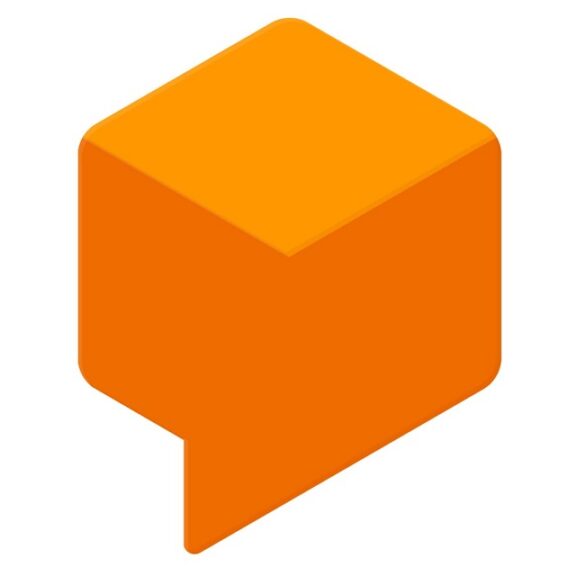Google has undertaken natural language projects using specialist teams of Machine Intelligence, Natural Language Processing (NLP), and Machine Translation. Then, Google purchased Dialogflow, which is called API.AI, in 2016. It is a company which specializes in conversational user interface. We all know that Google already owns all the functions that are required for creating strong conversational agents but achieving Dialogflow indicates that they own the form now too.
What is Google DialogFlow?
Dialogflow represents a natural language understanding platform. Basically we use it to design & integrate a conversational user interface into different areas, including phone apps, web apps, devices, bots, interactive voice response systems, etc.
Building Blocks of Dialogflow:
There is no need to keep the limitations of conversational agents in mind, as very few conversational agents use real-time AI. Whereas the majority are simple apps that don’t even do deep thinking.
The article elaborates on another breed of conversational agents that comes with knowledge of the natural language. It helps to process unstructured data and natural human speech. So, to acquire the advanced features, artificial intelligence-based conversational agents come with individual components. Hence, every component is customized separately, whereas the agents must be made with Dialogflow. However, in this case, you should know that for the starters, the platform does not come with “conversational agents.” While every agent refers to a human agent, and can be designed for handling different tasks. For instance, you can manage calls, answer customer queries, take feedback, etc. For developers, it is possible to make & customize many agents at the same time.
We have given some other Dialogflow components. These key components can provide virtual agents with their functionality.
Intent:
It represents the customer or end-users intention behind every message. This platform collects information from the user message to an intent classified by the developer and tries to match it via Intent Matching to achieve the best response. In this case, a user message is called an end-user expression. Every intent has a training phrase, an action, parameters, and responses.
Entity:
Intent collected from a user and related to any keyword is mapped to an entity directly. Developers make these entities that agents can use to analyze conversation topics more precisely.
Context:
Although a few messages can be similar, these will have different meanings completely under different contexts. Therefore, it is vital to set up contexts.
If you are a developer, you can specify many contexts associated with different business scenarios and practices. Agents can use these for driving the conversation forward.
However, a few other components remain involved in this case. These components grant inherent functionality that isn’t idiosyncratic to dialogflow. Although different chatbot platforms come with similar functionality, these have different names & limits. The platform is different from others regarding the way of its implementation to bring all components together to improve the user experience and conversational chances. Although the platform has similar building blocks, it is more than the sum of its parts.
How is Dialogflow Different?
These are a few factors driven by Google’s conversational AI efforts including:-
- Constant scientific finds in machine learning & conversational artificial intelligence,
- Its language model,
- Google Assistant that has 400 million users, and
- Multiple investments into other AI endeavours.
The combination of this and Google’s core development philosophy offers a few strong as well as user-friendly platform features.
The bottom line:
The platform belongs to Google’s vart ecosystem of cloud services. This one is fully hosted, indicating that there is no need to host this yourself. It looks like a Google service with a simple but operational user interface. This one includes a console using which you can manage your agents.







